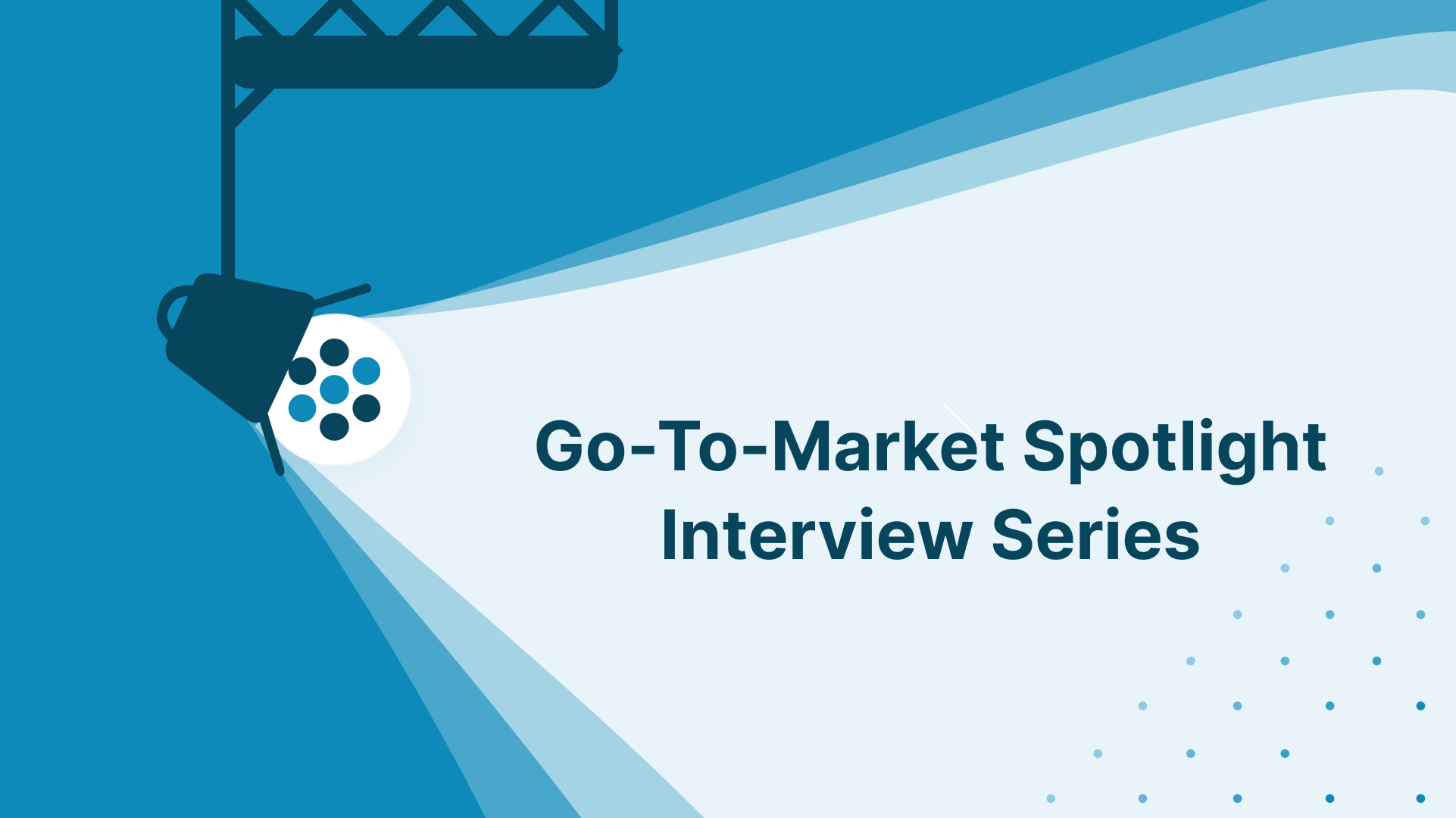The spotlight is on GTM leaders in 2024!
Throughout the year, we’ll be sharing insights and perspectives from conversations with our friends and thought leaders across a range of tech topics. Enjoy!
Interview #6
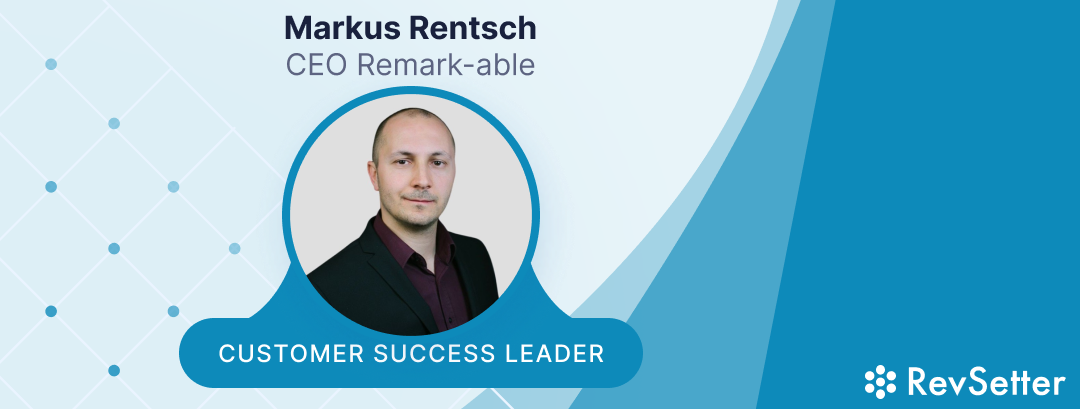
We asked Markus “What pointers would you give a CSM on identifying customer value earlier in the relationship with clients or what particular question would you ask a client in general?”
Customer Value consists of 2 components – business and personal value. Customers want to increase revenue, reduce costs, etc. But what they care more about is how improving their numbers affects their lives. Improving their status, getting a raise, growing their careers, etc. Always understand their ulterior motives.
The question: Given you’ll achieve X [business goal] how would that affect your work?
Previous Interviews:
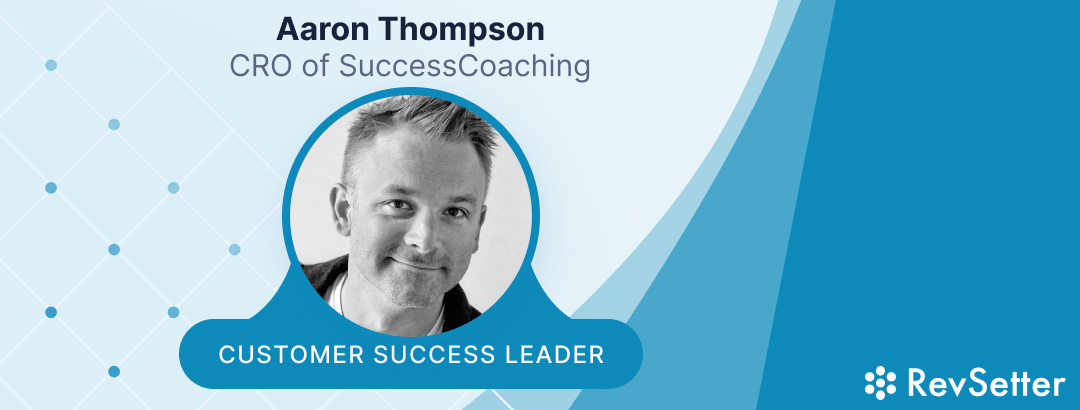
We asked Aaron, “Can you share your insights on the importance of employee empowerment and development in fostering high-performing teams, and how these practices contribute to the overall success and growth of organizations?”
Customer Success, and Customer Experience, begin and end with Employee Success, and Employee Experience. If organizations want to be customer-centric, and truly execute customer-driven growth, they must first focus their efforts internally. Once their employees are supported, and enabled properly, then and only then can those employees do the same for their customers.
This is where employee training and enablement come in. Developing their skills properly unleashes the power of performance across the organization. It drives higher employee retention rates, higher employee satisfaction scores, and an overall increase in employee engagement. They’re more willing to go above and beyond, and yet have the skills necessary to be more efficient and effective in their roles.
So many companies and leaders ask their teams to “just wing it” and lack the proper investment and focus on training and development. Meanwhile the inefficiencies garnered when this lack of focused, formalized training is present begin to whittle away at the internal procedures, and people involved. Making the customer journey frictionless becomes more difficult than it would have been without any involvement. Meaning a little early employee training investment goes a long way towards overall customer satisfaction and experience down the road.
An ounce of prevention, is worth a pound of cure, and the organizations that realize that invest in their people heavily, so that they invest in the company and it’s customers just as much.
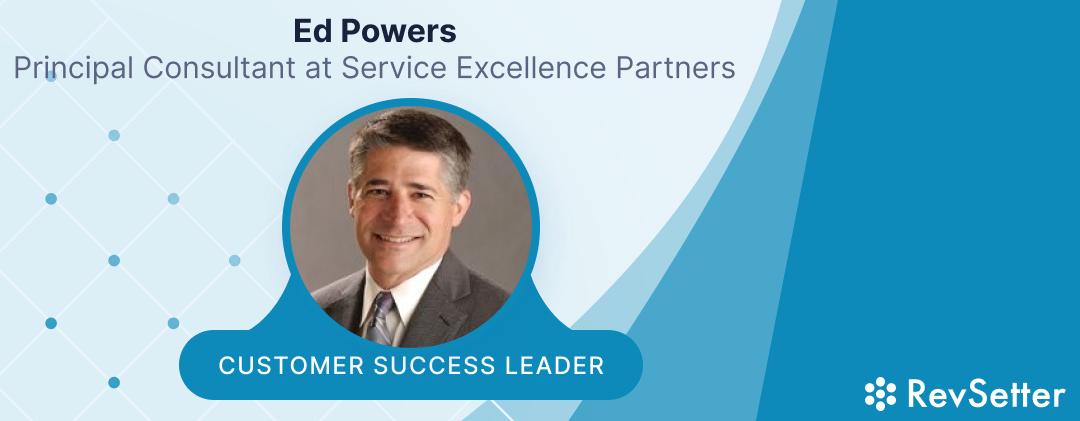
We asked Ed, “With the rise of AI and automation, how do you envision these technologies transforming Go-To-Market strategies, particularly in Customer Success and post-sales Revenue?”
Although the “human-like” nature of generative AI is at the same time exciting and terrifying, like it is with all other technologies, we will learn it performs well on certain things and poorly on others. It’s still early figuring it out, but so far, researching, summarizing, and generating “first drafts” with GenAI can save significant time and effort.
A number of companies are tinkering with AI to discern hidden signals in text streams that reveal customer health and buying intentions, and I expect this trend to continue as well. We must, however, redouble our efforts to carefully check and improve upon any results we get. That’s because AI and machine learning are based on the mathematics of maximum likelihood estimation, and what’s most probable isn’t necessarily correct, relevant, or even useful.
It still takes a human to pilot an airplane, and it will be many years before any AI “copilot” can fly one entirely on its own. Until then, it’s best that we continue to couple our imagination with careful and extensive experimentation.
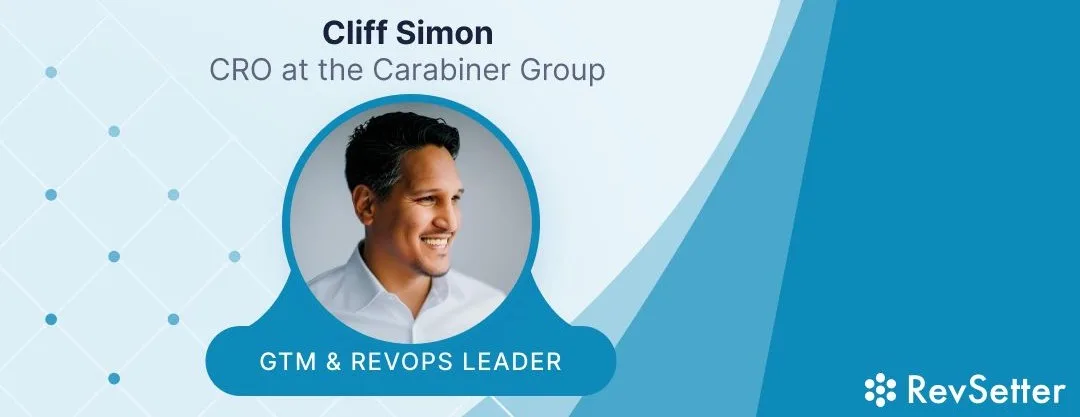
We asked Cliff, “Do you have any thoughts, predictions, or trends to watch for in 2024 that you’d like to share with our audience?”
As 2024 unfolds amidst uncertainties like fluctuating interest rates and geopolitical tensions, businesses face the daunting task of adapting and thriving. As a response to evolving market dynamics and organizational needs, the landscape of RevOps must change.
The focus on metrics like the Rule of Forty (Ro40) and Net Revenue Retention (NRR) highlights the pressing need for a strategic shift towards profitability and efficiency. However, achieving this requires more than just adherence to these metrics; it demands a fundamental mindset change across all stakeholders to truly impact the bottom line.
The post-SaaSacre era underscores the importance of three guiding principles: driving profitability, focusing on what matters, and enhancing both perceived and actual customer value. The shift towards profitability is especially challenging for SaaS companies accustomed to growth fueled by zero interest rates and capital injections. This new reality has led to a significant restructuring of the workforce, necessitating new skills and roles, notably in RevOps, which has seen its ranks swell from 5,800 in early 2022 to over 150,000.
Today’s RevOps professionals are at the forefront of steering the customer journey, optimizing feedback loops, streamlining processes, and refining go-to-market (GTM) strategies. Their role encompasses a broad array of responsibilities, from data analysis and insight generation to tool ecosystem management and data governance. Despite the enormity of these tasks, the objective is clear: prioritize effectively, focusing on strategic initiatives that deliver tangible benefits.
The conversation with industry veterans Jeff Ignacio and Anne Pao echoes a common sentiment among RevOps leaders—the overwhelming nature of their roles amid constant demands and disruptions. The solution lies in candid communication with leadership about realistic expectations and strategic alignment, emphasizing a balanced allocation of resources towards daily operations and long-term strategic goals.
Community support and continuous learning are vital for RevOps professionals navigating these challenges. Engaging with networks like WizOps, RevOps Co-Op, Pavilion, GTM Partners, and MOPs Pros offers invaluable opportunities for knowledge exchange and support.
At the core of RevOps’ mission is the enhancement of customer value through the integration of people, data, processes, and technology. By accelerating feedback loops and ensuring data-driven decision-making, RevOps can significantly contribute to sustaining Net Revenue Retention, reducing churn, and improving the customer experience.
In conclusion, the path forward for RevOps in 2024, despite the surrounding challenges, is marked by opportunities for growth and innovation. By focusing on skill development, strategic prioritization, and customer-centricity, RevOps leaders can drive their organizations towards unprecedented profitability and success. The journey ahead is promising for those ready to leverage their expertise to navigate through the macroeconomic climate and enact meaningful change.
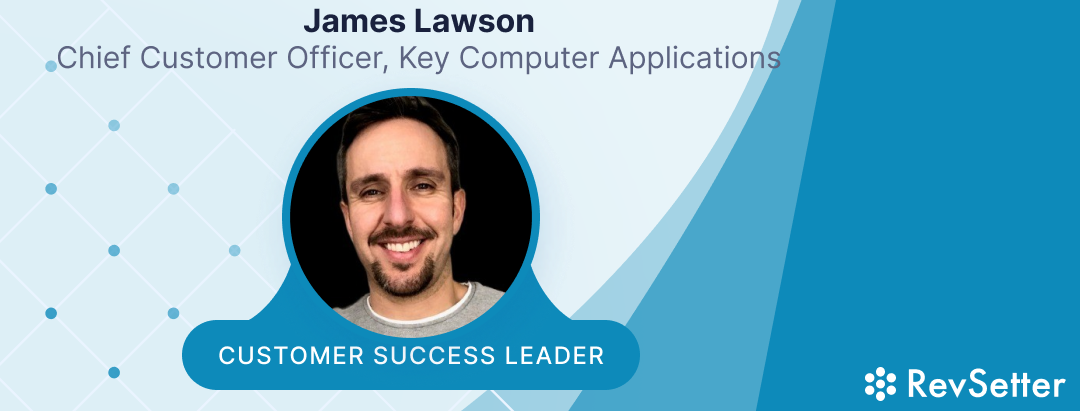
We asked James, “Do you have any thoughts, predictions, or trends to watch for in 2024 that you’d like to share with our audience?”
“Unequivocally we cannot ignore the advancements to provide business impact using artificial intelligence, predictive analytics, and personalized technologies. The humanizing of the customer experience will become the new unique identifier of a vendor. Customer success, now proven to be a company capability will never break free of its stigma and ‘best practices’. However, it will just act like water and fill the necessary void to deliver business hydration!
Despite the number of growing AI-driven platforms predicting customer needs and behaviours with unprecedented accuracy, the pro-active endeavours of SaaS vendors will always require human intervention to those generations who thrive on it. The customer success manager will become proficient based on knowledge commerce, a consultant, rather than a conduit to the resources.
Companies will focus on simplicity over innovation to become leaders in their field. The era of a new perception of convenience via tech is on its way.“
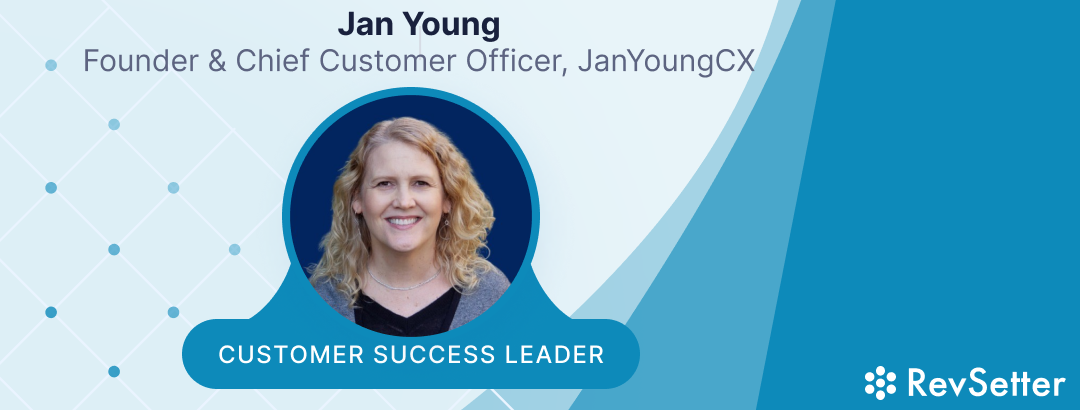
We asked Jan, “Do you have any thoughts, predictions, or trends to watch for in 2024 that you’d like to share with our audience?”
“In 2024, we’re going to see more tech layoffs, and many will be from acquisitions and startup shutdowns. This shouldn’t surprise us given that there are still some Default Dead companies out there. Fifteen years of Zero Interest Rate Policies (ZIRP) led investors and startups to spend more than they made in the chase for Growth at Any Cost (GaAC), and valuations grew exponentially.
If your investors are underwater on your company’s adjusted valuation, you are a prime contender for acquisition or shutdown. Our whole industry has been in turnaround since mid-2022. And now that GaAC is untenable, Post-Sales Revenue is key to every company’s growth. Going forward, successful companies and CS leaders will focus on post-sales activities that deliver customer value and project their revenue based on those customers that achieve business outcomes.
Investors now expect companies to achieve both profitability and growth. For GTM leaders, profitability means understanding your margin – your contribution to the growth and the costs of your business – and prioritizing the key activities that lead to your customers’ growth that will in turn lead to your company’s growth. It also means “doing more with less” is here to stay. Generative AI tools (like ChatGPT) have brought AI to non-coders, and these tools can enable productivity and improved analysis of business trends. However, effective use requires clean data and developing your understanding of AI, your prompting skills, and your craft.
2024 will be seen as a critical year of change. Those who embrace this change will be more likely to succeed in 2025 and beyond.”

